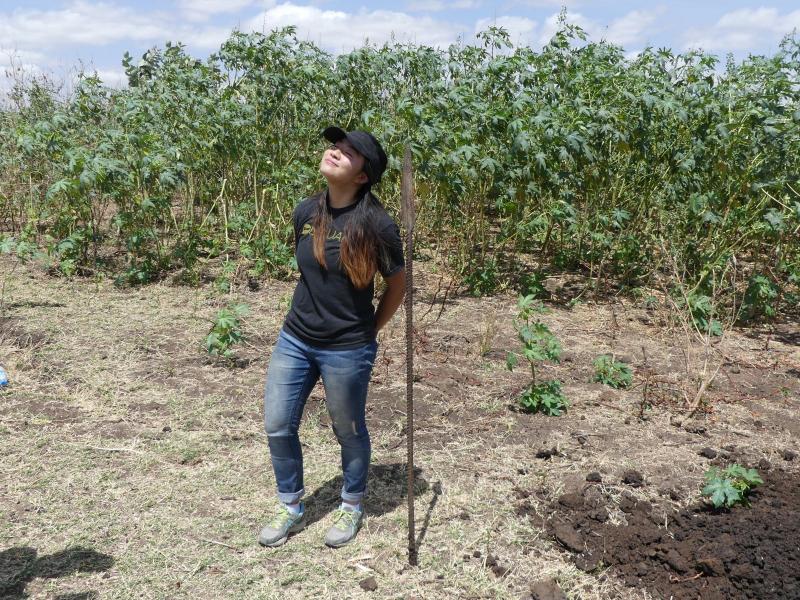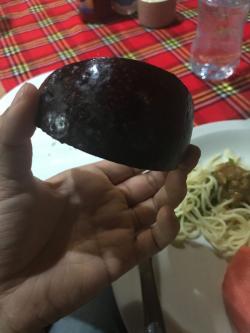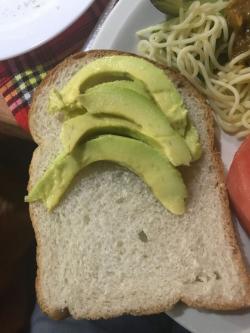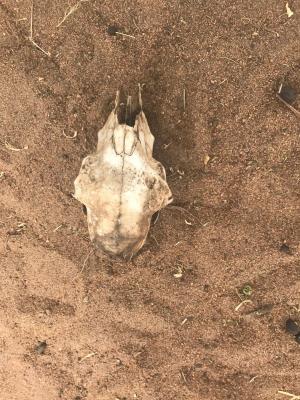
Me, in a pond.
Transcriptions from my journal, kept during EWB-Yale’s first trip (an assessment trip) to a village called Naitolia, in Tanzania.
8.8.17
We arrived in Tanzania around 9pm local time. The locals would call it 3pm, saa tatu––their clocks starts at sunrise, so their time 0 is our time 6am. We were welcomed at the airport by two representatives of the Tanzania Partnership Program, Mary Malekela and Malumbo Mhamilawa; as well as by Tulakemelwa (Tula) Ngasala, a doctoral student at Michigan State University who grew up in Tanzania and has spearheaded the partnership between Naitolia, Tanzania Partnership Program, and Yale-EWB. We drove in two vans to a hotel called Snow Crest, passing several speed bumps that are more than 10 feet wide.
As soon as we got the the hotel, we had a quick look around our rooms, then had dinner that the hotel workers had kindly prepared specifically for us, since we had arrived so late. It was delicious: we had soup, vegetables, meat, rice, fruits for dessert. We made proper introductions, and discussed plans for the next couple days, which mostly include meeting and interfacing with leaders from the community. Tomorrow afternoon we will drive to Twiga Lodge, where we will stay for the rest of the trip.

Figure 1. Girls’ suite in Twiga Lodge. Model: Connie Lam
8.9.17
Today we woke up around 7am, got ready and ate breakfast with each other, and then drove into the village. For breakfast we have the option of various types of eggs. There’s the Spanish omelet, which is a slightly overcooked omelet with bell peppers and spinach, the hard boiled egg, the scrambled egg, and if you’re feeling really, really adventurous: sausage.
The coffee is instant coffee, which we mix with cowbell milk powder and sugar. It tastes really good for instant coffee––for reference, quality is 2.5xYale Dining coffee.
There is also some fruit, tiny little bananas.
Met with some officials of the local district before heading into Naitolia. Some notes on what was said:
- Our primary focus is increasing people’s access to water. It seems right now that that will be accomplished through renovating a pond.
- Need to figure out how exactly the pond is used, its characteristics: topography, soil samples
- Need to appraise the resources available in the area: labor, equipment, funds.
- Need to understand community sanitation practices, health status: meet with the clinics schools
- Will be interfacing/co-acting with Tanzania Partnership Program, an NGO that:
- trains teachers, school committees to better education programs/education resources for villages in Tanzania
- trains health committees
- constructs schools, playgrounds for the schools
8.10.17
Visited three key water sources in the community.
- River
- Completely dry on the south, low and highly turbid on the northern side.
- Some small divots around the Southern side where villagers have dug through to water below the surface
- Lots of dung everywhere
- Well/borehole
- 150m deep. Drilled in 1970s
- Pumped from the surface to a distribution tank 80m in elevation above the groundwater source, which is a decent distance (~1mile?) away, closer to bomas
- There are some tanks… two main ones are 35000L
- One bucket of water from the borehole is 100Tsh (Tanzanian shillings). It would cost them around 20% of their income on water alone if they drank only from the borehole
- Big pond (Naiti––notes later)
Notes from a village meeting
- Dam on the river keeps breaking, they cannot make one that is dimensionally stable
- Topography of Naitolia is mostly very flat. The small center containing the village meeting house, school, and a clinic are on a slight ridge, with a river on one side and the Naitolia pond (that we want to renovate) on the other.
- There is another pond that is far away that has quite some water, but that is too far
We had avocados at dinner! They are larger than avocados in the states, slightly less strongly avocado-flavored, and have a smoother skin. 8/10


8.11.17
Visited a massive pond called Naiti in Makuyuni, an ideal pond. Sisal all around it, quite clear looking water, very large, holding lots of water. Way too far to be useful to Naitolia.
- 3 hour walk away
- built from rocky, dirty soil (much less sandy than soil around Naitolia pond)
- built to be used by livestock but is used by humans too
- built with a concrete spillway/weir to direct overflow from the pond
- build in 1984, rehabilitated in 2007 by a group from China
Naitolia Pond
- was constructed in 1982, made from native black soil and red sand
- beneath the black soil is white-ish, clay-ish material that has appeared to hold up better than the black material
- North side is about 1.5m lower than the west side
- a part of it on the northwest corner collapsed due to erosion and animals crossing over it a lot
- some trees around the pond may reduce erosion around them but also weaken the soil beneath them
- in 2002 and 2012, they built small dams to divert additional gullies into the pond
- 1km from many villagers
- siltation is a big problem
Found this cool (goat?) skull in Naitolia Pond:

8.12.17
Asked some questions.
How was the Naitolia pond constructed?
- built entirely by villagers. Manduli engineers helped them to pick the spot, for both convenience and to take advantage of what little elevation change Naitolia has
- villagers found that mixing the topsoil with the deep white clay made strong material for building
How did the pond fall into disrepair?
- problems started in 1992, with a huge rainfall.
- in 2013, there was a torrential rainfall from 11pm to 4am that killed the pond.
- in 2017, there were bugs and they used pesticides…? Unclear translation; ask for clarification on the events of 2017
Potential problems with the pond rehabilitation:
- sedimentation/siltation still occurs, flow bringing loose silt into pond, reducing its capacity
- increasing pond capacity by expanding horizontally would cut into deep channel adjacent south to the pond, which would require a lot of excavation/building to add in. Also really the pond can’t handle that much water during rainy season and we don’t want all the water from this adjacent channel flooding/stressing the pond walls